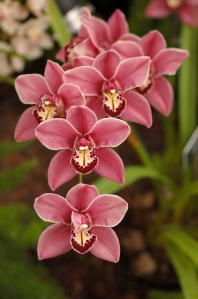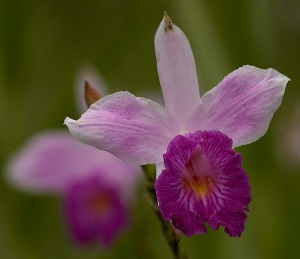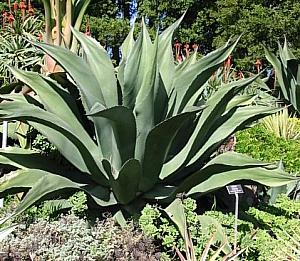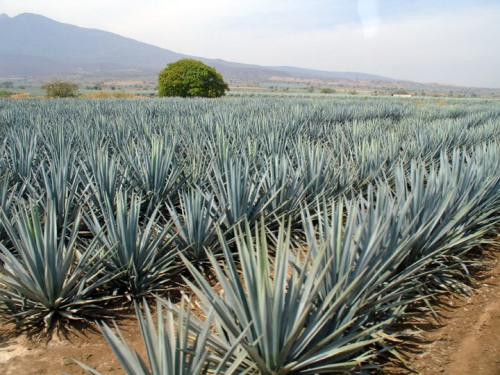Have you hear about Mount Krakatoa?
Yeah, it’s one of Volcano Mountain in my country, which had a huge erupted in 1883. Krakatoa is thought to have wiped out all life on three of the four Krakatoa islands.


A survey 13 years later, in 1896, revealed a Spathoglottis plicata to be one of three orchids among the pioneers to re-colonize the bare ground, together with Cymbidium, and Arundina. By 1906, Spathoglottis was recorded as being common on the islands. It is thought that the tiny seeds were easily blown across the 40-km (30 mile) stretch of water between these islands and Java. And now, Spathoglottis plicata has common plant cultivation in my city. In Bandung, the city where I take lesson here, there are many.

Spathoglottis plicata

Cymbidium sp.

Arundinaria sp.
And talking about Spathoglottis, this genus having 40 species, confirmed to habitats in south-east Asia and Australia. Spatoglottis are reliable as garden plants when grown in tropical to subtropical climates in position of semi-shade or full sun. And one of the species of this genus is locally rare and restricted, due to the loss of its habitats in Borneo or Kalimantan Island, Indonesia (Rare in the Red List of 1997). Land has been claimed for farming and for development from both lowland forest and lower mountain forest at elevation of 100-1.800m. This treated species name is Spathoglottis confusa. I don’t know it conservation progress now, is it still survives, or become endanger in Red List. I don’t know what government has done to conserve this species.
Sometimes, I think that our government doesn’t care about their biodiversity plant of their country. Yeah, my country is still a develop country, so they (the government) only focus on economic sites, and development. They don’t realize that our mega diversity organism, especially diversity of plants, will also raise our economics.
I hope, as soon as possible, my country will realize that we have a super precious treasure, which must be protected and used for our nation prosperity. And the welfare of the country can be reached.
For a better Indonesian.
Reference from:
Marinelli, Janet. 2004. Plant. Dorling Kindersley Limited. London.
 Agave salmiana
Agave salmiana Agave mapisaga (the giant agave)
Agave mapisaga (the giant agave) Agave tequilana
Agave tequilana Agave sisalana
Agave sisalana